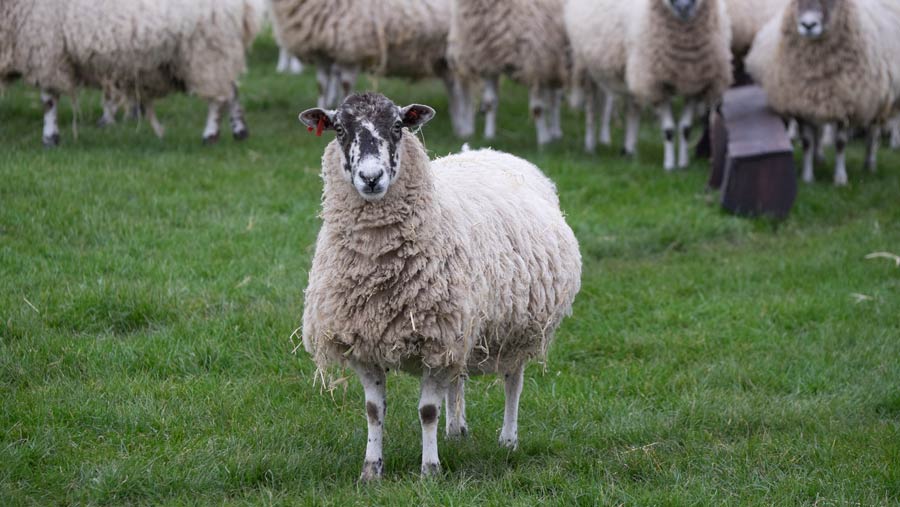Scops issues latest advice on worming ewes for spring rise
 © Tim Scrivener
© Tim Scrivener Farmers worming ewes to manage the spring rise should leave fit ewes untreated to slow anthelmintic resistance in light of new research linking low body condition with the peri-parturient rise (PPR).
This is the latest advice from the Sustainable Control of Parasites in Sheep (Scops) group, which is urging farmers to leave a minimum of 10-20% of ewes untreated in each group if possible.
Previous guidance said high litter-size ewes were more likely to shed eggs, but Animal and Plant Health Agency research in 2018 found that twin- and even triplet-bearing ewes in good condition have a strong enough immune system to resist the PPR.
See also: How Borders flock is using targeted selective treatments
The research found that a lowland sheep over a body condition score (BCS) of three can be left untreated.
Independent sheep consultant Lesley Stubbings of Scops said: “The rationale behind treating a ewe is that it removes the worms in her gut and hence the number of worm eggs contaminating the pasture.
“The problem is that this can be very selective for resistance. The good news is we know not all ewes exhibit the PPR so, if we can identify these and only treat the ones likely to put out the most eggs, we can reach a practical solution.”
Low BCS ewes are more likely to suffer from a spring rise when immunity relaxes about two weeks prior to lambing and up to six weeks after, she added.
Use of long-acting moxidectin
- Long-acting moxidectin has a persistent effect and can reduce pasture contamination and subsequent need for lamb treatments
- Guidance on using moxidectin can be accessed here (PDF)
- Zoetis has worked with Scops to devise the guidelines
Ms Stubbings added: “Previous advice was 10-20% of ewes should be left untreated around lambing to reduce selection pressure for anthelmintic resistance by providing a sufficient worm population in refugia.
“While this is still a standard target, it is clear for flocks where ewes are in good BCS and the diet satisfies nutritional requirements, this proportion left untreated can be increased, with many farmers now only treating a relatively small proportion of their younger and leaner ewes.”
7 tips for sustainable spring ewe worming
- Do not operate a blanket treatment policy on all ewes when dosing to manage the spring peri-parturient egg rise
- Focus treatments on multiple-bearing ewes and those in poor body condition, to leave at least 10-20% untreated if possible – this will leave an untreated in-refugia population
- Combine faecal egg counts and BCS to formulate worming strategies
- Understand the product and the active you are using – how long it persists and what species it works against (for example nematodirus)
-
Do not use the same product year after year, particularly when ewes are grazing the same pastures at the same time of year or are being turned on to low-risk pastures
- Do not use a product that can treat both worms and scab (such as long-acting moxidectin) more than twice in the same year
- Follow Scops guidelines
